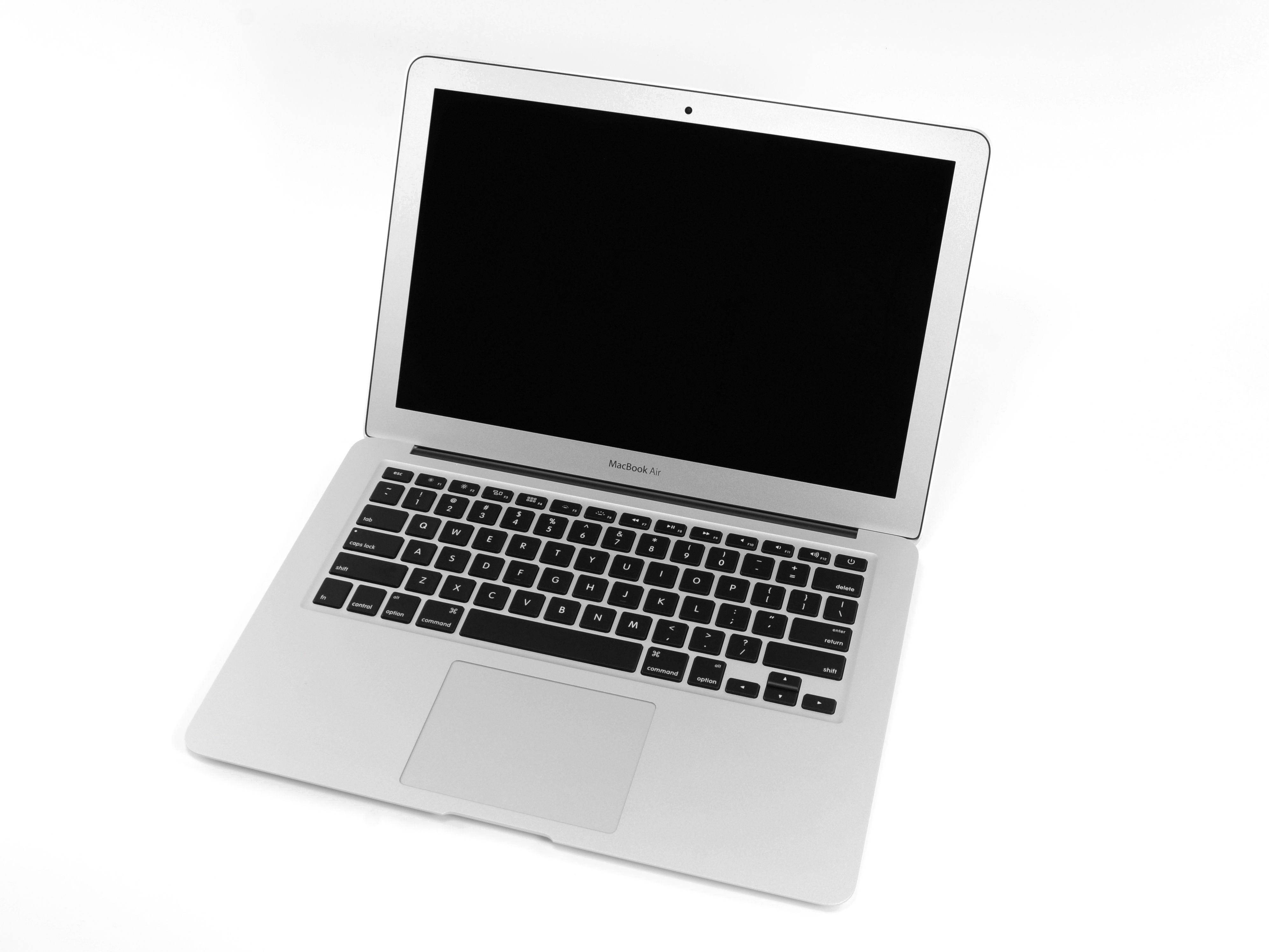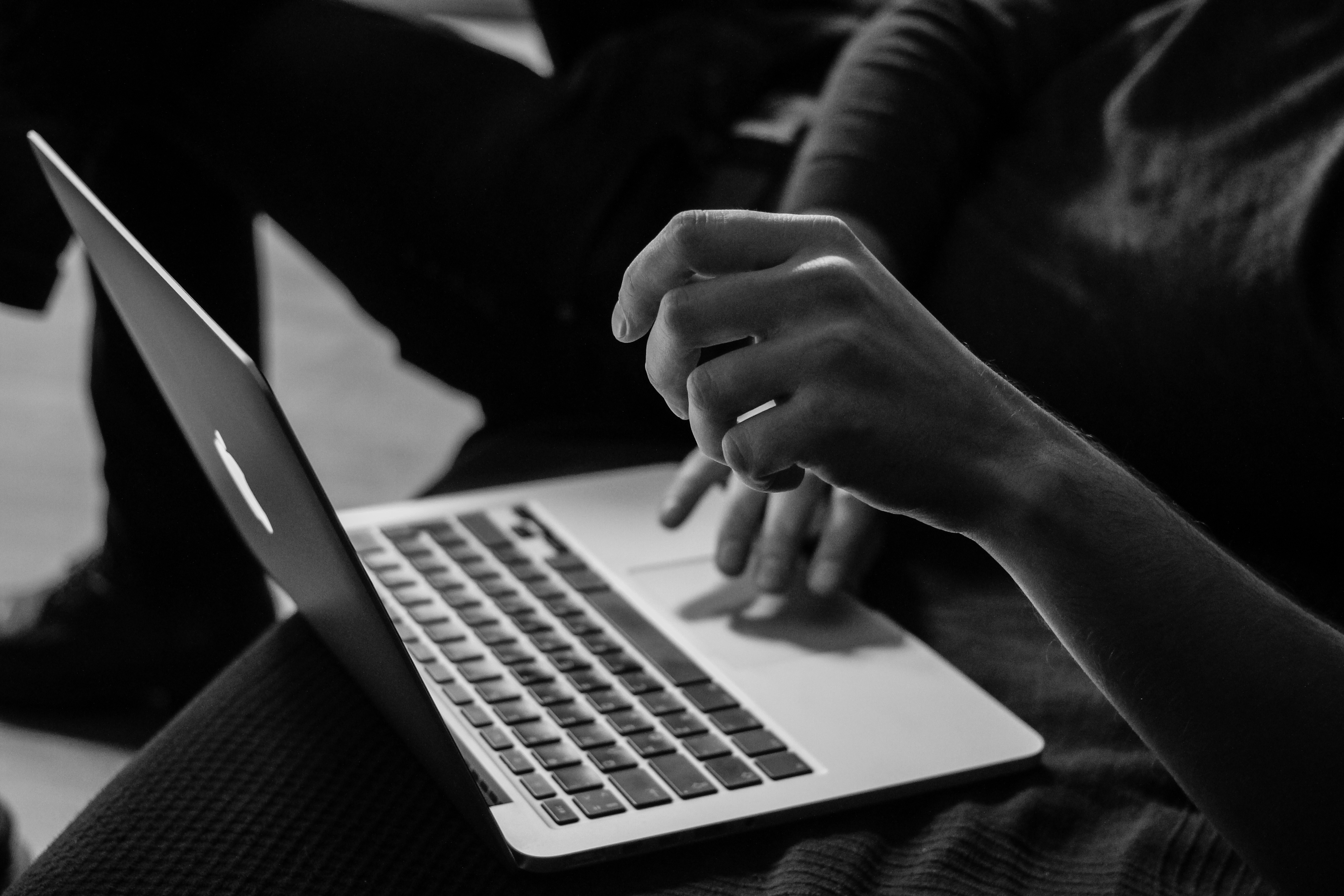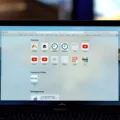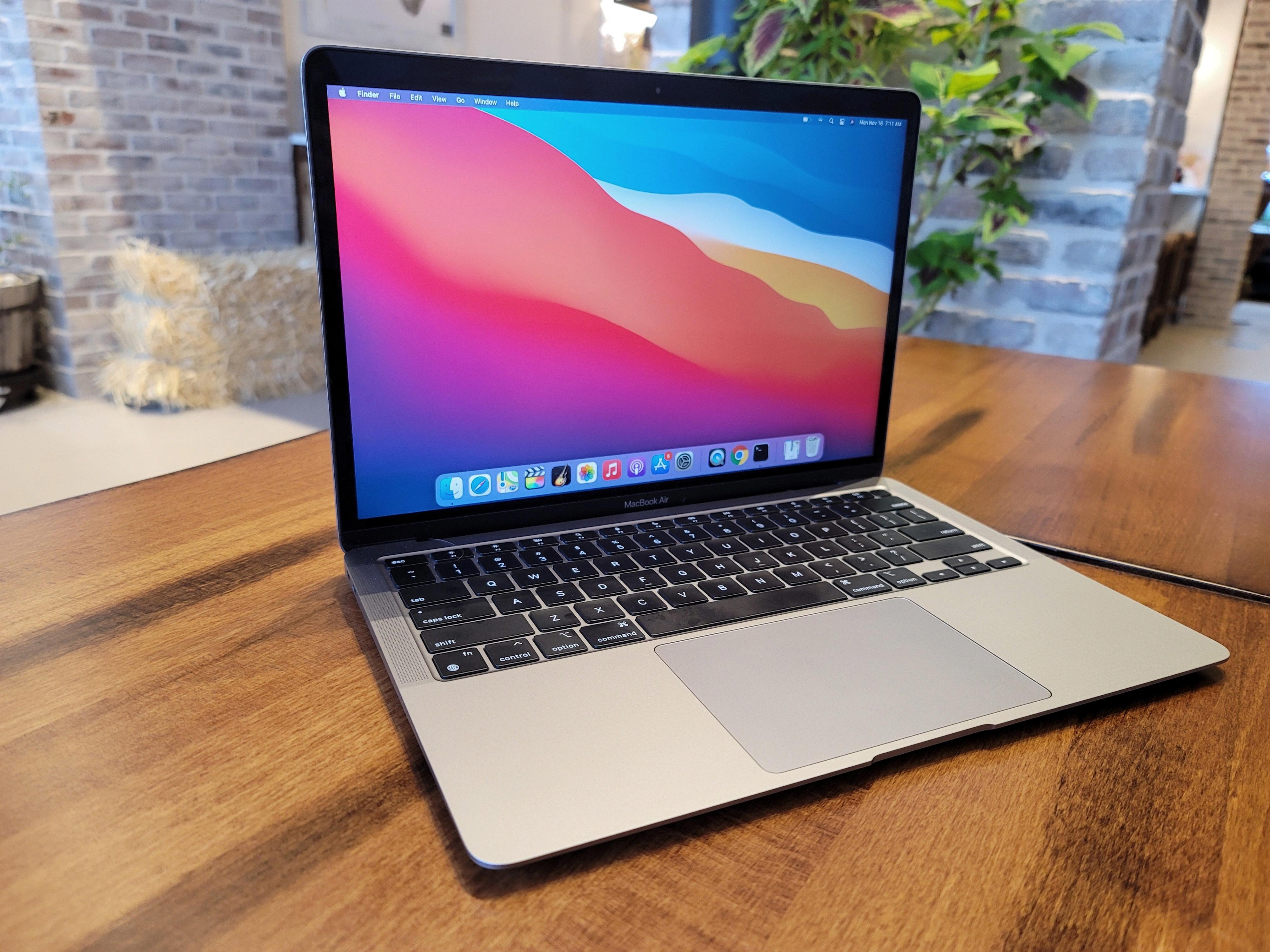Are you facing a MacBook Air black screen issue? If so, then you’re not alone. Many MacBook Air users have been reporting this issue, where their laptop appears to power on but nothing shows up on the display.
The first thing to do when tackling this issue is to make sure the power source is properly connected and that your laptop is getting enough power. Check the power adapter, cable, and battery for any signs of damage or wear. If all seems okay there, it’s time to check the display settings on your Mac.
Open System Preferences and click on ‘Displays’. Make sure that the brightness slider is turned up and that the ‘Show displays in menu bar’ option is checked. You should also try connecting an external monitor if possible and see if that works.
If these steps don’t help and you still have a MacBook Air black screen problem, you should try forcing a shutdown or restarting. To do this, hold down the power button for 10 seconds until your Mac shuts down completely, and then press it again to turn it back on.
If still nothing happens after restarting your laptop, it might be time to perform a power cycle on your Mac by unplugging all cables from the device for 30 seconds before plugging it back in again. This will reset some of its hardware components which could be causing issues with booting up correctly.
If none of these solutions work, there are other more advanced methods like repairing the startup disk with Disk Utility or resetting the System Management Controller (SMC). You can also try resetting NVRAM/PRAM or removing any third-party apps that expand your screen resolution as they might be hindering boot-up processes as well.
Hopefully one of these solutions will help resolve your MacBook Air black screen issue!

The screen Remains Black Despite MacBook Air Being On
The most likely cause of your MacBook Air’s screen being black while the device is still on is that it has gone into sleep mode. To save energy, your Mac and display will automatically go to sleep after a certain period of inactivity. If you press any key or click the mouse or trackpad button, it should wake up again. You can adjust the amount of time until your Mac and display go to sleep in the Energy Saver settings in System Preferences.
Fixing a Black Screen of Death on a MacBook Air
The first step in fixing a black screen of death on a MacBook Air is to check the power adapter, cable, and battery. Make sure that all of these components are securely connected and functioning properly. If the connections are fine, then disconnect any peripheral devices that may be connected to the laptop and check the display settings.
If those steps do not solve the issue, you can try force shutting down or restarting your Mac by pressing and holding the power button for 10 seconds. You may also need to power cycle your Mac by unplugging it from its power source for at least 30 seconds before plugging it back in and turning it back on.
If those steps fail to fix the issue, you can try repairing your Startup disk with Disk Utility or resetting both the System Management Controller (SMC) and NVRAM/PRAM. To reset SMC, turn off your Mac and press Shift+Control+Option along with the Power button at once for 10 seconds. To reset NVRAM/PRAM, shut down your Mac and press the Command+Option+P+R keys simultaneously until you hear a startup sound twice. Then release all keys together to reset it.
If none of these steps work, then you should consult an Apple Support representative or take your computer to an Apple Store for further assistance.
Troubleshooting Macs Stuck on a Black Screen
Your Mac may be stuck on a black screen due to a variety of issues, including power issues, poor contact between hardware and firmware, disconnected cables, or third-party apps that expand the screen. Power issues can occur if your Mac is receiving insufficient or incorrectly rated power. Poor contacts between hardware and firmware can cause your Mac to not start up properly if the contacts are damaged, loose, or dusty. Cables may not be connected properly, which can prevent your Mac from booting up. Finally, some third-party apps can cause your Mac to get stuck in an infinite loop of expanding the screen until it gets stuck on a black screen. To fix this issue you should check all cables and connections, ensure you’re using the correct rated power for your Mac, and remove any third-party apps that might be causing the problem.
Troubleshooting an Unresponsive MacBook Air
If your MacBook Air is unresponsive, the first thing you should try is a force restart. To do this, press and hold the power button on your Mac for about 10 seconds (or press and hold Touch ID on computers with Touch ID). After 10 seconds, release the power button and press it again to restart your MacBook Air.
If the force restart doesn’t work, you can try resetting the SMC (System Management Controller). To do this, shut down your Mac. Then press and hold the left Shift + Control + Option keys on the keyboard together for 7 seconds. Next, press and release the power button normally. This will reset the SMC, which may help to fix any unresponsiveness issues with your MacBook Air.
If neither of these methods works to fix an unresponsive MacBook Air, then you may need to contact Apple Support for further assistance.
Reviving a Dead MacBook Air
Reviving a dead MacBook Air is a simple process that requires you to access the Device Firmware Update (DFU) mode. To do this, first power off the MacBook Air and disconnect all external peripherals from it. Once it’s powered off, press and hold the power button for at least 10 seconds until the computer is completely shut down. Then press and hold the command + option + R + P keys simultaneously for about 5 seconds. After that, release the keys and press the power button again to turn on your Mac.
Once your Mac is powered on, you should see an icon with a USB symbol in its menu bar. This indicates that your Mac is in DFU mode and ready to be revived. To do this, open System Preferences and go to the Startup Disk pane. Select your primary startup disk as your boot drive, then click Restart. Once your Mac has restarted, choose Actions > Advanced > Revive Device from the menu bar, then click Revive to begin reviving your dead MacBook Air.

Source: igotoffer.com
Troubleshooting a Black Screen on a Laptop
There are a few possible explanations for why your laptop screen went black. It could be related to your display adapter driver, or it could be due to connection issues between your monitor or screen and your laptop. It’s also possible that a recent system update or installation caused the issue. To determine the root cause of your laptop’s blank screen, you’ll need to troubleshoot the problem. Try resetting the display settings on your laptop, and if that doesn’t work, try updating your display adapter driver. If neither of those solutions works, it may be helpful to try uninstalling any recent system updates or installations and restarting your computer.
Conclusion
In conclusion, Macbook Air’s black screen is a common problem that can be caused by a variety of factors. These may include power issues, poor contact between hardware and firmware, cables not connected correctly, or third-party apps expanding the screen. It is important to try different solutions such as checking your power adapter, cable, and battery, detaching peripheral devices, checking display settings on your Mac, forcing a shutdown or restart, power cycling your Mac, and repairing the startup disk with Disk Utility. If these solutions do not work, you may need to reset the System Management Controller (SMC) or NVRAM/PRAM.








